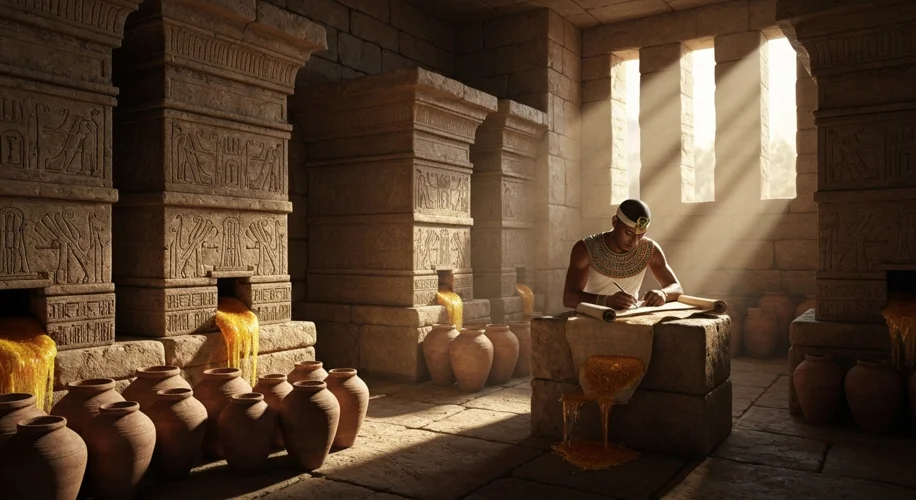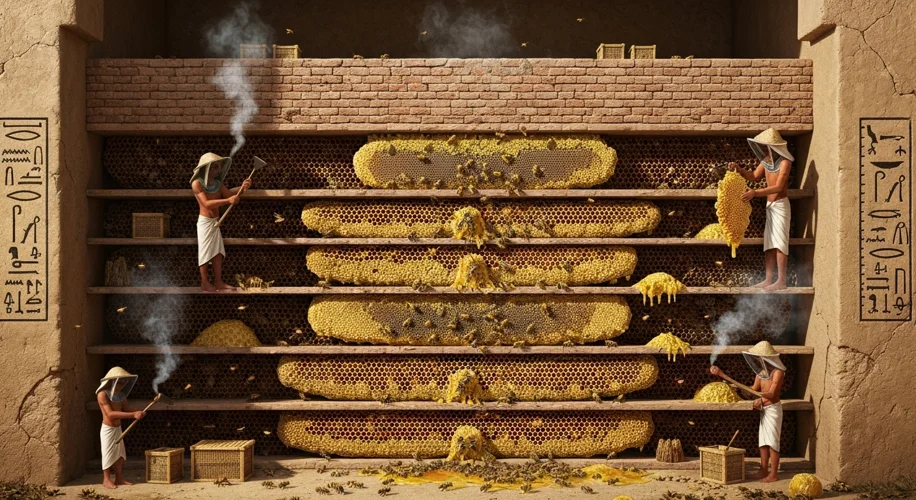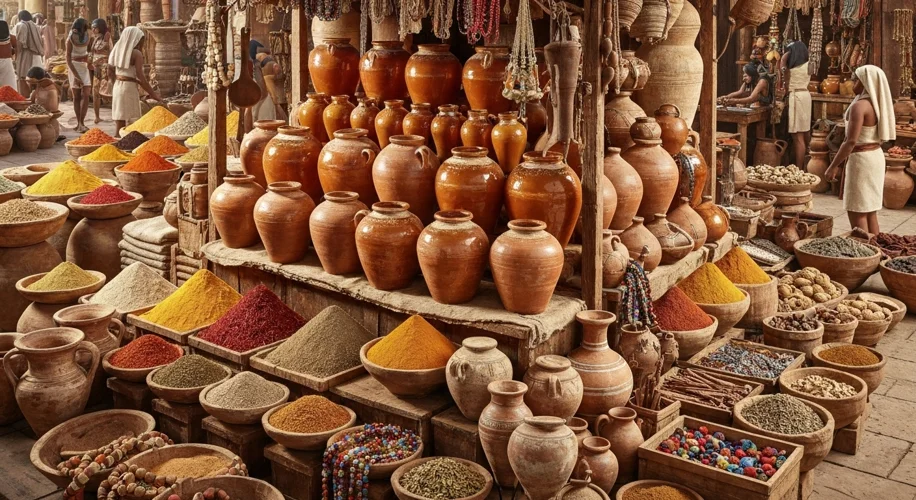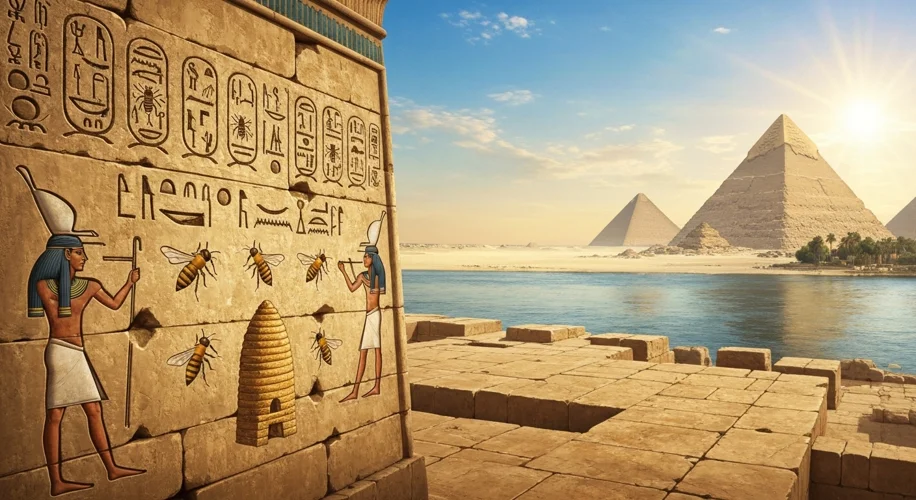In the sun-drenched lands of ancient Egypt, where the Nile River was the very pulse of life, another, smaller creature played an equally vital role: the bee.
For millennia, these industrious insects were far more than just producers of a sweet delicacy. They were woven into the fabric of Egyptian society, their honey a prized commodity, their very existence imbued with religious significance and their diligent work ethic a model for human endeavors. To understand ancient Egypt is to understand the profound importance of the bee.
The Golden Nectar: More Than Just Sweetness
Imagine a time before refined sugar, before the vast plantations of sugarcane or the widespread cultivation of beets. For the ancient Egyptians, honey was the primary sweetener, a precious gift from nature. It graced the tables of pharaohs and commoners alike, flavoring everything from bread and cakes to wines and medicinal concoctions. Its versatility was matched only by its perceived value. Honey was not just food; it was a symbol of prosperity and a testament to the bounty of the land.
But honey’s utility extended far beyond the kitchen. Its natural preservative qualities made it an indispensable ingredient in ancient Egyptian medicine. Wounds were dressed with honey to prevent infection, and it was a common component in remedies for coughs, sore throats, and digestive ailments. The Egyptians, keen observers of the natural world, recognized honey’s potent healing properties, employing it with the same reverence they afforded their gods.

A Divine Gift and a Symbol of Order
The reverence for bees in ancient Egypt was deeply rooted in their religious beliefs. The bee was often associated with the sun god Ra, its incessant buzzing a representation of the sun’s life-giving power. The pharaoh himself was sometimes referred to as the “Lord of the Honeycomb,” signifying his divine right and his role as the provider and protector of his people, much like a queen bee to her colony.
Furthermore, the highly organized and structured society of a beehive mirrored the Egyptians’ own ideal of cosmic order, or ‘Ma’at.’ The queen bee’s authority, the workers’ unwavering dedication, and the colony’s collective effort were seen as a perfect microcosm of the ideal Egyptian kingdom. Bees were even depicted in hieroglyphs, often symbolizing the Lower Egypt region, a testament to their deep integration into the nation’s identity and governance.
The Art of Beekeeping: A Skill Honed Over Centuries
The ancient Egyptians were not merely passive recipients of honey; they were skilled beekeepers. Archaeological evidence and tomb paintings, such as those found in the tomb of Hesy-Ra (circa 2600 BCE), provide fascinating glimpses into their beekeeping practices. They utilized horizontal, cylindrical hives, typically made from unfired mud or clay. These hives were often stacked in rows, creating veritable apiaries that could be strategically placed near flowering crops or along the Nile’s fertile banks.
Harvesting honey was a carefully managed process. Beekeepers would often use smoke, derived from burning dried dung or other organic materials, to calm the bees and prevent them from becoming aggressive. This technique, remarkably similar to modern beekeeping practices, allowed for the safe extraction of honeycomb. The precious honey would then be collected and stored in pottery jars, ready for use or trade.

A Commodity of Trade and Tribute
The value of honey in ancient Egypt extended beyond its domestic uses. It was a significant commodity in trade, both within Egypt and with neighboring lands. Honey was often offered as tribute to the pharaohs by conquered territories, a tangible representation of their submission and the riches they possessed. Its rarity and desirability made it a valuable item for bartering and exchange.
Egyptian merchants would trade honey for goods they lacked, such as timber, precious metals, and exotic spices. The smooth, golden flow of honey represented not just a sweet treat but also the economic lifeblood that connected Egypt to the wider ancient world. The ability to produce and trade honey was a testament to Egypt’s agricultural prowess and its complex economic system.

The Enduring Legacy
Though the pharaohs and pyramids are relics of the past, the legacy of the bee in ancient Egypt endures. The meticulous records, the religious symbolism, and the practical applications of honey offer a profound insight into a civilization that understood and harnessed the power of these remarkable creatures. The bee, in its humble way, was a cornerstone of ancient Egyptian society, contributing to its sustenance, its spirituality, and its economic prosperity. It was, indeed, the lifeblood of an empire, a sweet and golden thread woven through the very heart of ancient Egypt.

